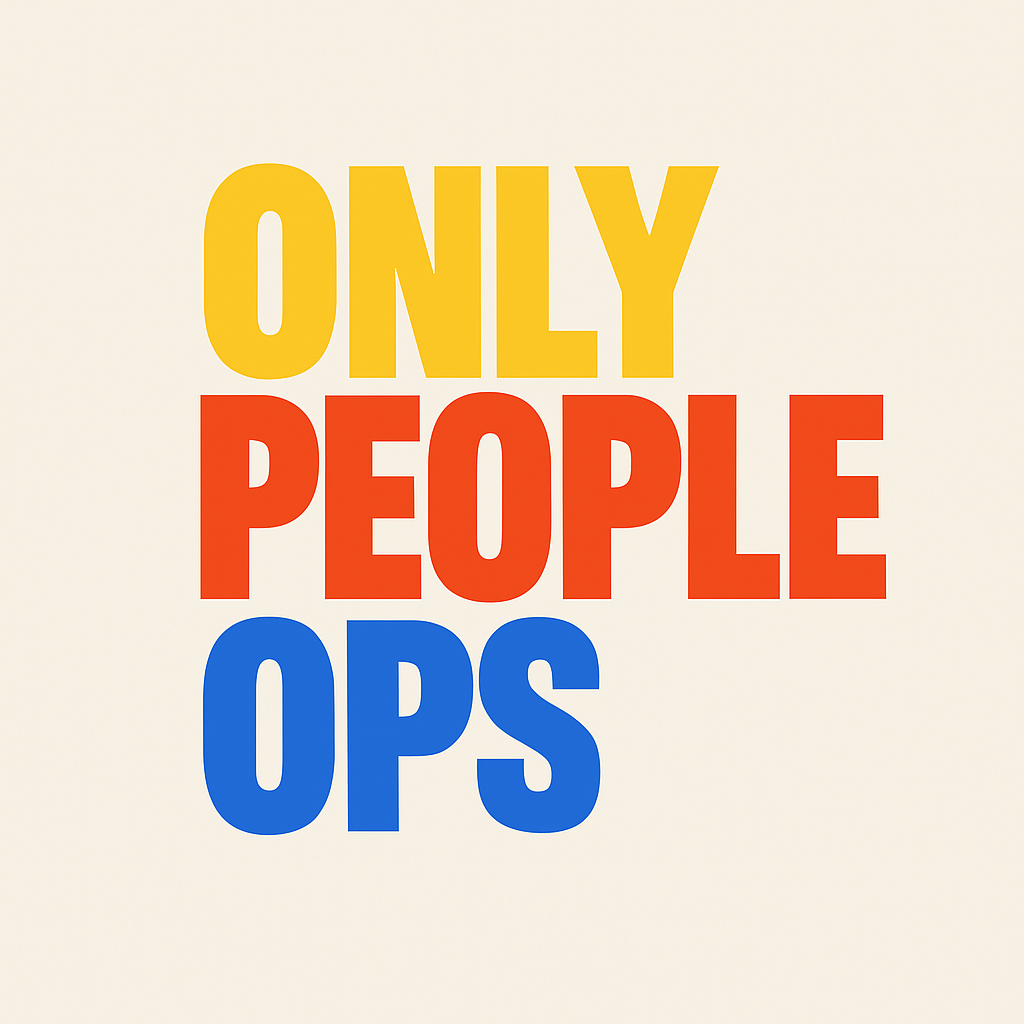Your Onboarding Is a First Impression and a Warning
Most new hires don't quit because the work is hard.
They quit because the silence is louder than the welcome.
They show up eager. You show up... late. Or vague. Or weirdly corporate for a company that swears it’s not.
You don’t need a better checklist.
You need a better message.
“You're not alone. You’re not invisible. You matter here.”
That’s onboarding.
Source: Giphy
Let’s Be Blunt: Here’s What They Actually Need
Not perks. Not a Notion maze. Not four back-to-back intros with people named “Head of Something.”
They need:
One person who has their back
A reason to believe they weren’t a hiring mistake
Clarity about what they can mess up and what they shouldn’t
Build Less. Make It Mean More.
📦 Before Day One: Proof of Life
Send a text, not a “Dear [Name]” email. Keep it human.
“Laptop’s on the way. We’ve got Monday covered. Ping me if anything’s weird.”
Share one thing to look forward to.
Not a value. A vibe.
“Tuesday we kick off with coffee roulette. Your calendar’s blocked. Zero prep.”
Assign one anchor person: not a buddy, a human.
Someone who checks in without being asked.
🧭 Week One: Calm > Content
Everyone wants to impress.
Your job is to slow their heart rate, not spike it.
Show them what’s safe to ignore. Seriously.
“You’ll hear a lot of Slack noise. Filter for these three channels.”
Give them one goal they can actually finish.
Doesn’t matter if it’s minor. Progress matters more than prestige.
When they ask, “Is this normal?”, tell them.
Transparency now builds speed later.
🔁 Day 10–30: Close the Loop
The danger isn’t disinterest, it’s drift.
Ask this:
“What’s not clear, but you’re pretending is fine?”
That question alone has saved teams months of friction.
Let them opt out of one meeting.
It’s a gift. And a power move. Trust says: you know what matters.
Give feedback early. Not praise. Feedback.
One behavior. One thing to shift. Delivered with care, not flair.
This Isn’t Just a Process. It’s a Promise.
If someone spends their first 30 days guessing...
They’ll spend the next 30 weeks disengaging.
Your onboarding isn’t a series of tasks.
It’s a signal:
We know what we’re doing. You’re part of it now. Let’s go.
Let’s make sure your hires don’t just start.
They stay.

